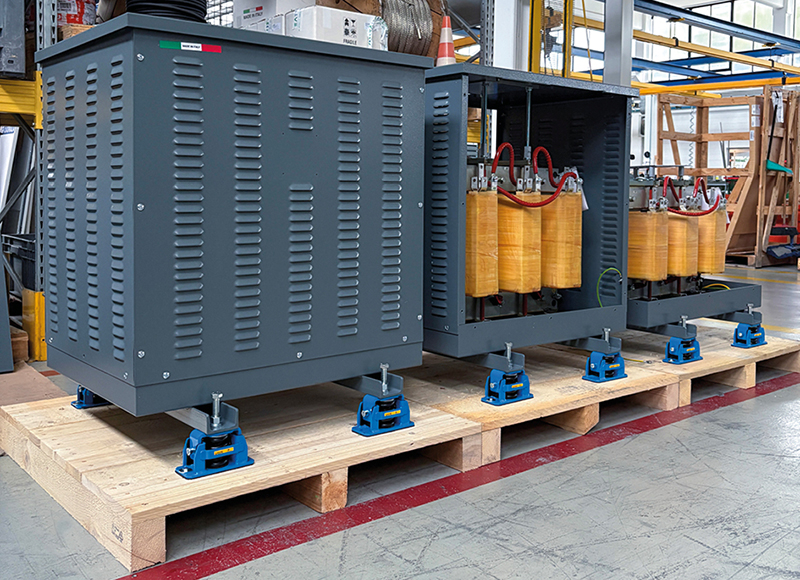In recent years, energy efficiency has become a central theme in many industrial sectors, from automotive and electric motors to power and distribution transformers. However, Low Voltage (LV) transformers have long remained on the sidelines of this evolution, mainly because their typical applications involve intermittent or low-load operation.
LOSSES IN TRANSFORMERS: A BALANCE TO OPTIMISE
In every type of transformer, losses are mainly divided into two categories: core losses and winding losses. Additional losses also exist, but thanks to specific design techniques they can be made negligible.
LV TRANSFORMERS IN CRITICAL APPLICATIONS: THE CASE OF DATA CENTRES
Traditionally, LV transformers have been used in contexts such as UPS (uninterruptible power supplies), stabilisation panels, and voltage compensation systems. In these cases, transformers often remain idle or operate at no load for long periods.
Today, applications such as Data Centres impose new challenges. In these strategic environments, the power supply is ensured by isolation transformers operating in parallel in redundant configurations to guarantee continuous and secure power supply. In addition, the rated power is generally oversized compared to the actual load, to ensure operational margin and stability.
THE IMPORTANCE OF CONTINUOUS EFFICIENCY
In Data Centres, the transformer remains constantly energised, regardless of load level. Consequently, core losses become the most significant energy component, as they are present 24/7. It is therefore essential to design the transformer to minimise these losses.
One possible strategy consists in shifting part of the losses from the core to the windings, taking advantage of the fact that the latter depend on current and therefore only on the instantaneous load. This approach helps to reduce overall losses when the load is variable or lower than the rated value, as often occurs in modern Data Centres.
TRANSFORMERS <250KVA: THE REAL EFFICIENCY CHALLENGE
Achieving efficiency levels above 98% is particularly demanding for small-size transformers (below 250kVA). For physical reasons, efficiency increases with power size: reaching high performance in smaller ratings requires specific know-how, quality materials, and advanced construction solutions.
ORTEA’S EXPERIENCE: EFFICIENCY, RELIABILITY AND CONTINUITY SINCE 1969
Ortea offers a complete range of transformers for Data Centres with high efficiency, designed to achieve performance above 98% and an optimal distribution of losses between core and windings. Each unit is engineered to meet the most stringent requirements in terms of reliability, continuous operation, and power supply security.
Since 1969, Ortea has been a key player in transformer design and production. Our decades of experience enable us to successfully address even the most critical applications, offering customised solutions for the needs of the digital industry and the Data Centres of the future.
FAQ: TRANSFORMERS FOR DATA CENTRES
- Why is transformer efficiency so important in Data Centres?
Because transformers are always energised: reducing losses means cutting energy costs and improving the reliability of power supply. - What is the average efficiency of transformers for Data Centres?
High-efficiency models exceed 98%, with an optimal management of losses between core and windings, even under variable loads. - What advantages does an Ortea transformer offer for Data Centres?
Continuous reliability, reduced energy losses, improved electrical safety, and customised solutions tailored to the load and site configuration.
Discover more about Ortea’s high-efficiency isolation transformers.







